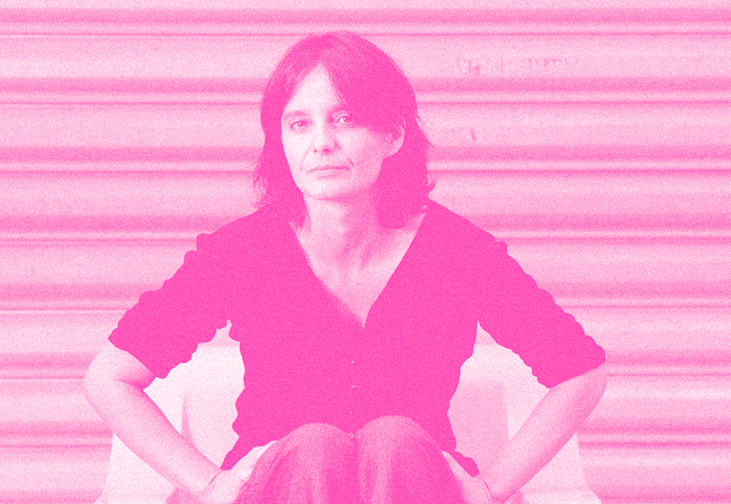Guests of the 2022 edition
Accueil — 2022 edition — Guests of the 2022 edition
Adel Abdessemed was born on March 2, 1971 in Constantine, Algeria. Visual artist, he began his studies at the Regional School of Fine Arts in Batna and then at the School of Fine Arts in Algiers. He left Algeria for France in 1994 after suffering censorship and several attempted attacks. Upon his arrival in France, he enrolled at the National School of Fine Arts in Lyon where he expanded his use of materials beyond traditional media, notably through video. Since his first exhibitions in Bern and then Milan in 2001, his works have been marked by violence and the notion of trauma and respond to the convulsions of the contemporary world. Other exhibitions were subsequently devoted to him in New York, San Francisco, London or Doha, and he was particularly honored during a retrospective at the Center Pompidou in Paris in 2012, of which he was named a member of the Board of Directors in 2019. Adel Abdessemed is currently working on the scenography and costumes for Olivier Messiaen’s opera Saint François d’Assise, which is scheduled to be staged in 2024 at the Grand Théâtre de Genève.
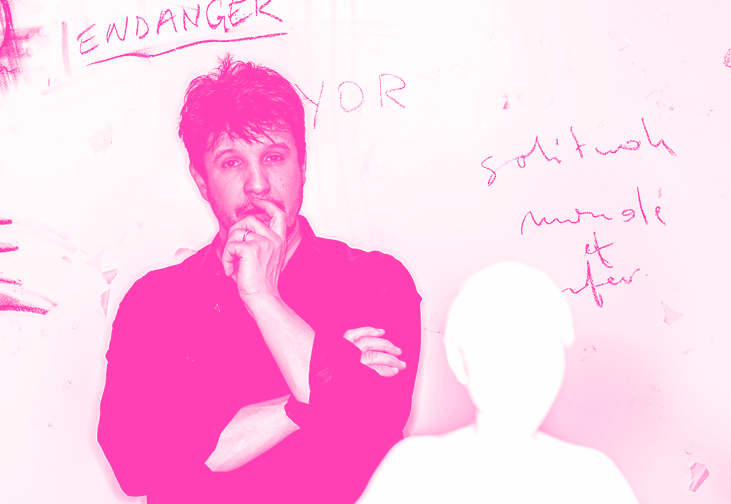
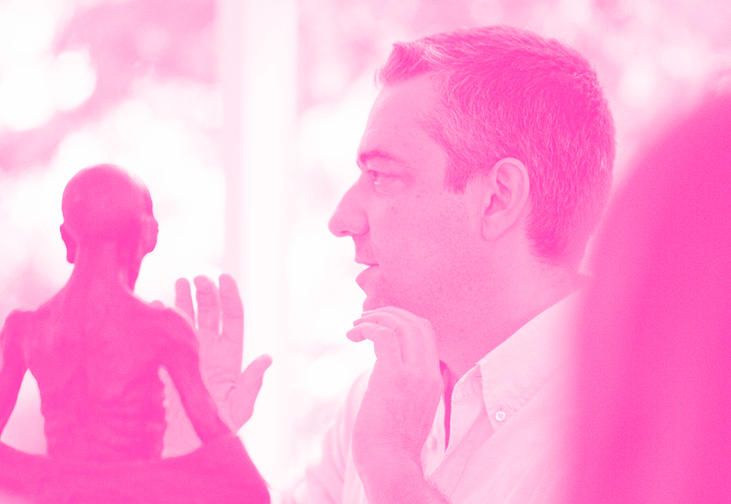
Miguel Branco, born in 1963 in Castel Branco (Portugal) is a major artist on the contemporary Portuguese art scene. The artist studied at the Faculty of Fine Arts in Lisbon and since 1994 has directed the Painting Department of the Center for Art and Visual Communication in Lisbon, Ar.Co. Whether through his drawings, his paintings or his sculptures, Miguel Branco often works from images drawn from the history of art, bringing together varied geographical and temporal spaces. With infinite knowledge and distance, he hypertrophies his painting in order to make us see again the greatness of his masters (Watteau, Chardin, Fragonard, Goya, Velázquez, Bellini, Stubbs, Hogarth, Teniers…) just as he makes us travel, in his sculptures, at the heart of civilizations or countries such as Egypt or India, thus creating a dramaturgy where the sensation of the work is to reincarnate an essence both present and absent, an invisible which surpasses us, and yet, a process intrinsic to the work itself. Whether animal, humanoid, object, place, skull, scribe, his work is characterized by the constant presence of a scenic device: something impalpable or someone is the protagonist. His work focuses on metamorphosis and strangeness. Since 2012, the Galerie Jeanne Bucher Jaeger has supported her work presented in international institutions such as MUDAM in Luxembourg, the CAM – Modern Art Center of the Calouste Gulbenkian Foundation in Lisbon or the Serralves Foundation in Porto. In 2015, the Schloss Ambras Museum, Innsbruck, devoted a major exhibition to him, followed, in 2016, by a personal exhibition at the Musée de la Chasse et de la Nature in Paris. Works by the artist were presented at the Portuguese Embassy in Paris in 2021 (Contemporary Portuguese Art at the Portuguese Embassy 2021).
Pedro Cabrita-Reis, born September 5, 1956, is a Portuguese artist. He studied at Saint Martin’s School of Art, the Royal College of Art and University College London. Pedro Cabrita-Reis seeks to highlight “the conditions necessary for life” in a work combining a multiplicity of mediums and techniques, such as painting, sculpture, photography, drawing or installation. The loss of nature, which appears in his work in an extremely distanced way, is one of the driving forces of his work. He considers that architecture replaces it and understands it as a mental discipline or an “exercise of reality” by which the human being measures himself against himself and the world. Pedro Cabrita-Reis is today one of the most famous contemporary Portuguese artists. He has participated in major international exhibitions, including Documenta IX in 1992 and the 50th Venice Biennale in 2003 as a representative of Portugal. His work, entitled Três Graças, is currently (and until October 2022) installed in the Tuileries Garden on the occasion of the France-Portugal Season.
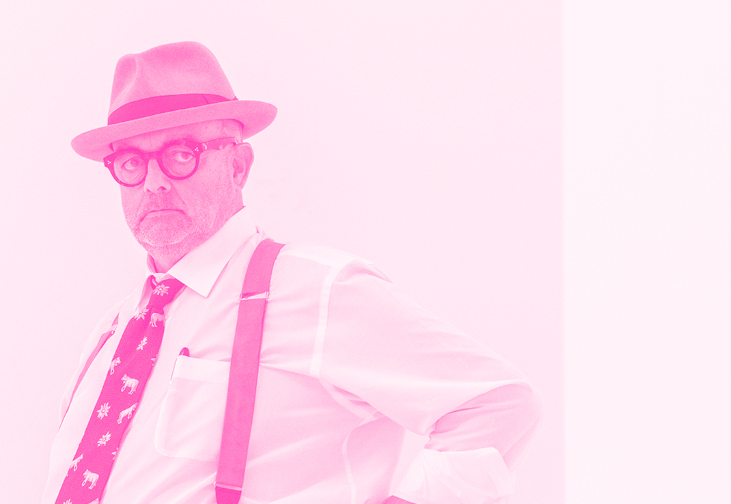
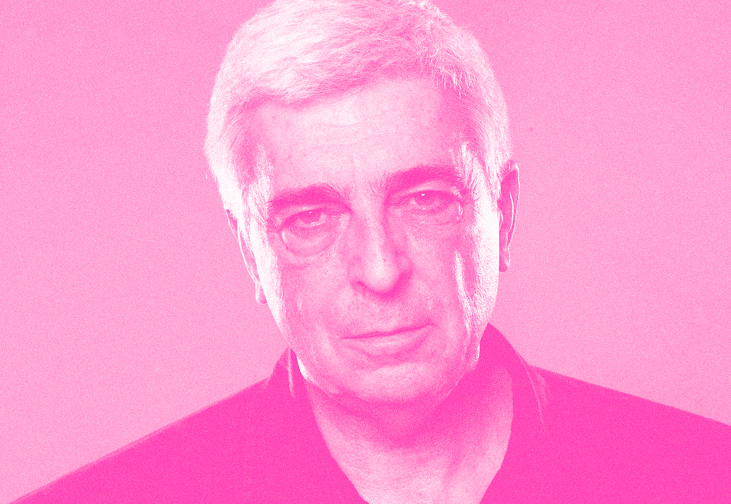
Luís Miguel Cintra, born April 29, 1949 in Madrid, is a theater actor and film actor, screenwriter and director, a true living legend in his country. Luís Miguel Cintra made his theater debut in 1968 by joining the company of the University of Lisbon, “Grupo de Teatro de Letras”. From 1970 to 1972, he took drama lessons at the Bristol Old Vic Theater School thanks to a scholarship from the Calouste-Gulbenkian Foundation. Returning to Portugal in 1973, he founded the Teatro da Cornucópia theater group for which he directed, until 2015, numerous plays, both classical and modern. Luís Miguel Cintra was one of the architects of the new Portuguese theater and advocated openness to Europe and the world after the Carnation Revolution. In 1984, he participated with the Teatro da Cornucópia in the theater festival of the 41st Venice Biennale. In 1988, he directed the show La Mort du Prince et Autres Fragments by Fernando Pessoa for the Avignon Festival, which he presented again the following year at the Paris Autumn Festival. Luís Miguel Cintra also made a career in cinema. He appears in the credits of more than fifty films, almost exclusively by Portuguese directors, and in particular Manoel de Oliveira, for whom he has filmed seventeen times, as the main actor. Poetry declaimer, he recorded the complete reading of many poems, among others those of Fernando Pessoa, Sophia de Mello Breyner or Ruy Belo.
Caroline van Eck, born in 1959, is an art historian. She studied art history at the Ecole du Louvre in Paris, as well as classics and philosophy at Leiden University. In 1994, she obtained her doctorate in aesthetics at the University of Amsterdam where she taught, as well as at the universities of Groningen and Leiden, where she was appointed professor of the history of art and history. architecture in 2006. She was a visiting fellow at the Warburg Institute, the Paul Mellon Center for British Art at Yale University, and a visiting professor in Ghent, New Haven, York and Paris, at the National Institute for the History of art in 2013 and at the École Normale Supérieure in 2018. In September 2016, she took up the post of Professor of Art History at Cambridge and, in 2017, gave the Slade Lectures at the University of Oxford on the theme of “the material presence of absent antiquities”. His main research interests are the history and theory of 18th and early 19th century art and architecture, classical reception, anthropology of art as well as Giovanni Battista Piranesi, Gottfried Semper and Aby Warburg. In March 2014, Caroline van Eck received the Descartes-Huygens Prize from the Academy of Moral and Political Sciences. In December of the same year, she was named a Knight of the National Order of Merit by the President of the French Republic. She was awarded the Prize for the Radiation of French Language and Literature by the French Academy in 2015.
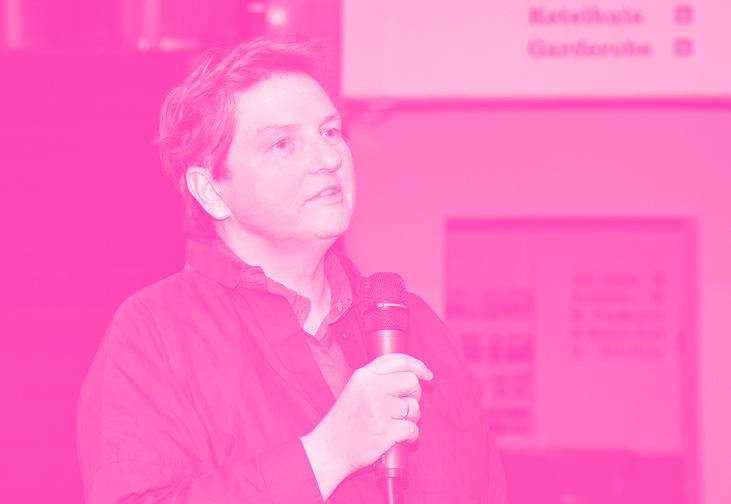
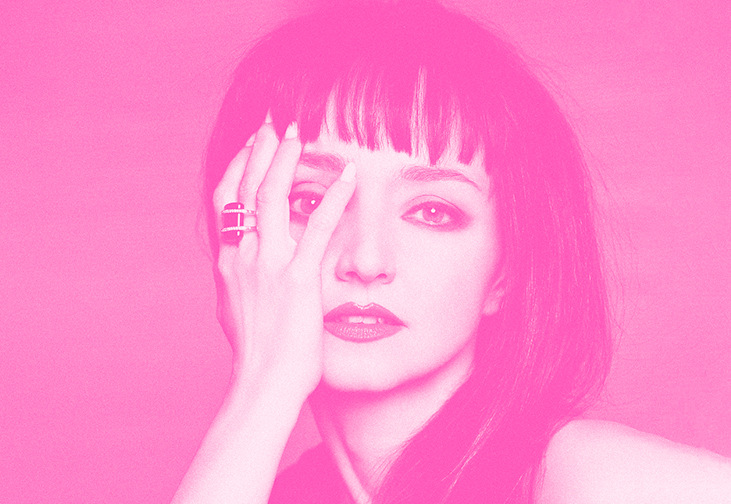
Maria de Medeiros, born in Lisbon in 1965, is an actress and director. At the age of fifteen, she interpreted her first role in the cinema in the film Silvestre by João César Monteiro and, very quickly, played for the first time in the theater under the direction of Philippe Fridman. In 1984, she moved to Paris where she attended the National School of Theater Arts and Techniques and entered the National Conservatory of Dramatic Art. Under the direction of Brigitte Jaques, she definitely began her career as an actress in Elvire Jouvet 40, a play created at the Théâtre National de Strasbourg in 1986. In the early 1990s, her career as an actress began in the United States, in Henry and June by Philip Kaufman in 1990 and Pulp Fiction by Quentin Tarantino in 1994. However, she has never abandoned Portuguese theater and cinema, notably playing in A Divina Comédia (The Divine Comedy) by Manoel de Oliveira (1991), Huevos de Oro by Bigas Lunas (1993), or even Três Irmãos by Teresa Villaverde (1994), a role which earned her the prize for best actress at the Venice and Cancun festivals. In 1999, she directed her first feature film on the Carnation Revolution, Captains of April, unanimously acclaimed by critics and which was selected for the official selection of the Cannes Film Festival in 2000. She won the Grand Prix of the International Festival de São Paulo and the Globo de Ouro Prize for the best film in Portugal the same year. His new film, À nos enfants, was released in France in February 2022.
Michel Pastoureau, teacher-researcher, archivist-paleographer, French medieval historian, was born in 1947 in Paris. After studying history, in 1972 he defended a thesis at the École Nationale des Chartes on the heraldic bestiary of the Middle Ages. Since 1983, he has held the chair of history of Western symbolism at the Ecole Pratique des Hautes Etudes (4th section). He also teaches regularly at the Ecole du Louvre. On April 28, 2006 he was elected French correspondent of the Academy of Inscriptions and Belles-Lettres. He is a member of the International Academy of Heraldry and was President of the French Society of Heraldry and Sigillography between 2008 and 2017. After a Dictionnaire des couleurs de notre temps (Bonneton, 1992), and an exploration of Stripes (Le Seuil, 1995), he undertook a synthesis on the social history of colors in the West (Blue; Black; Green; Red; Yellow, Seuil editions). At the same time, he is working on the cultural history of animals, with works devoted to the bear (2007, Seuil), the pig (2009, Gallimard), the wolf (2019, Seuil), the bull (2020, Seuil) and the crow (2021, Seuil). Pursuing this field of research, he produced with Mathilde Wagman the program “Animals also have a history” on France Culture.
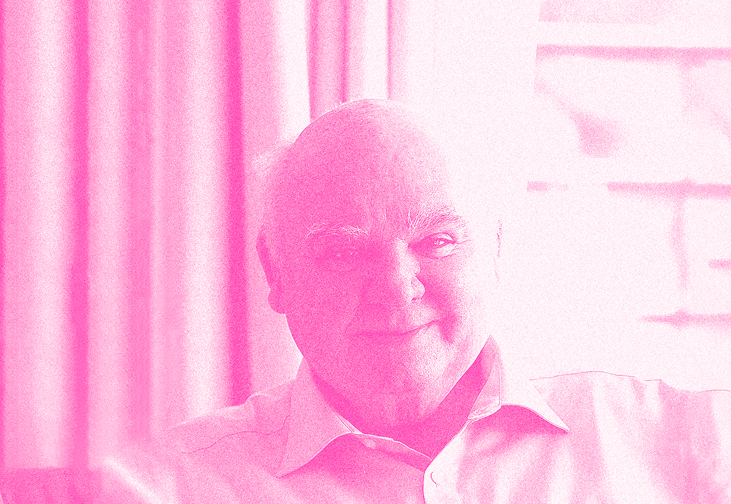
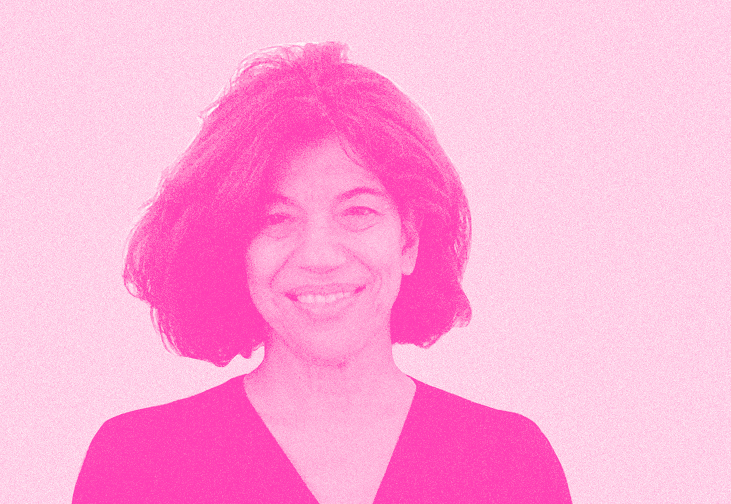
Born in Lisbon in 1962, Susana de Sousa Dias is a producer and director. In 1984, she graduated from the School of Theater and Cinema in Lisbon. She then enrolled in the painting course at the School of Fine Arts in Lisbon, where she graduated in 1991. In 2005, she obtained a master’s degree in aesthetics and philosophy of art with a thesis on the cinema, the archive and the memory that accompanies the production of his first documentary feature. Natureza Morta received the Award of Merit at the Taiwan Documentary Film Festival in 2006 and the Atlanta Film Award at Doclisboa the same year. In this film, Susana de Sousa Dias uses only archive footage, without audio, which depicts the years of the Portuguese dictatorship. His best-known documentary, 48, made in 2010, deepens this approach to photo editing. Still on the theme of the dictatorship, the film shows photographs of political prisoners, accompanied by testimonies of their experiences of torture. 48 has won several prizes such as the Grand Prix at the Cinéma du Réel, the FIPRESCI Prize at the DOK Leipzig or the Grand Prix at the International Independent Film Festival of Mar del Plata in Argentina. She teaches new media at the Faculty of Fine Arts of the University of Lisbon and is the author of various essays on cinema.
Eduardo Souto de Moura, born July 25, 1952 in Porto, is an architect. He apprenticed with architects Álvaro Siza, whose assistant he was at the University of Porto for a decade, and Fernando Távora. His work is oriented towards reality, of which he is a new extension, in particular by the recovery of local materials, techniques and traditional colors, to which he integrates the clean lines of minimalism. Souto de Moura has mainly worked in Portugal, with occasional forays into Italy, Spain, Switzerland or Belgium. In 2011, he received the prestigious Pritzker Prize in recognition of a work which is “convincing proof of the modern expressive potential of language and adaptability to different local situations. His most significant achievements are the Knowledge of the Seas Pavilion at Expo 1998 in Lisbon, the Portuguese Pavilion at Expo 2000 in Hanover, the transformation of the customs building into a Museum of Transport and Communications and the House of cinema, both in Porto and completed in 2002, the Braga stadium (2004) for which he won the Chicago Athenaeum International Architecture Award, and the rehabilitation of the Comédie de Clermont-Ferrand.
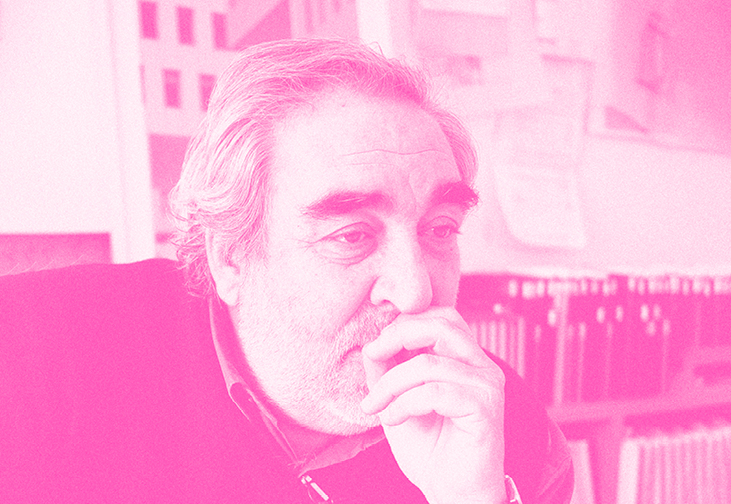
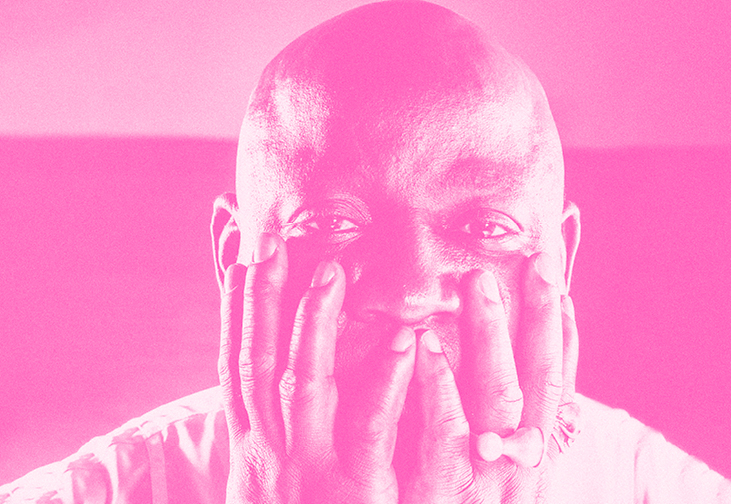
Barthélémy Toguo was born in 1967 in Mbalmayo, Cameroon. Visual artist, he lives and works between Bandjoun (Cameroon) and Paris. He began his studies at the National School of Fine Arts in Abidjan in Ivory Coast in 1989 and was then admitted to the School of Arts in Grenoble. His training continued in Germany, at the Kunstakademie in Düsseldorf. Her artistic practice is plural, using drawing, painting, sculpture, photography, installation and performance. Barthélémy Toguo draws ideas, forms and motifs from a world heritage whose references to Africa, whether ancient or contemporary art, are nevertheless very present. His art often mixes the human, the vegetable and the animal, giving birth
to anthropo-zoomorphic figures, questioning the concepts of humanity and animality and the relationships between the living. In 2013, he created Bandjoun Station in the city of the same name. It is a cultural structure allowing the residence of artists from all over the world, a structure linked to its direct environment since it also has an agricultural component. Barthélémy Toguo took part in the 56th edition of the Venice Biennale of Contemporary Art in 2015, with a work entitled All the World’s Futures. The following year, he was a finalist for the Marcel Duchamp Prize and as such was invited to exhibit at the Center Pompidou. In 2021, he is the guest of the Quai Branly-Jacques Chirac museum.
Teresa Villaverde, born in Lisbon on May 18, 1966, is an actress and filmmaker. Self-taught by training, she began her career working as a director for the Lisbon School of Fine Arts theater troupe before working in the film industry. In 1986, she had her first role in the film À Flor do Mar (A fleur de mer) by director João César Monteiro. But she quickly turned to screenwriting, editing and directing. She belongs to the group of filmmakers who renewed the Portuguese cinematographic language in the 90s by detaching themselves from a national culture to deal with contemporary problems and open up to European countries but also to the former Portuguese colonies. Several of his films have been selected in the most important film festivals: in 1991, his first film A idades maior (Alex) entered the Berlinale competition; in 1994, Maria de Medeiros received the Volpi Cup for Best Actress at the Venice Film Festival for her film Três Irmãos; in 1998, Os mutantes (Les Mutants) was presented at the Cannes Film Festival in the “Un Certain Regard” section. She returned to the Cannes Film Festival in 2006 to present Transe during the “Directors’ Fortnight”. His films portray those who have been left out of the European construction process, children and adolescents, isolated women or even candidates for migration, in a desire to represent “the strength of the fragile”.
